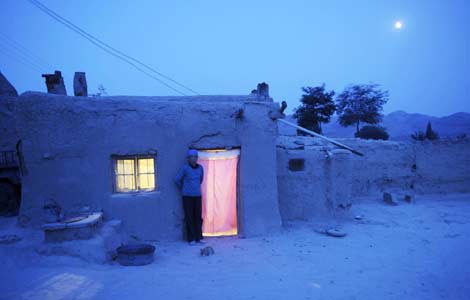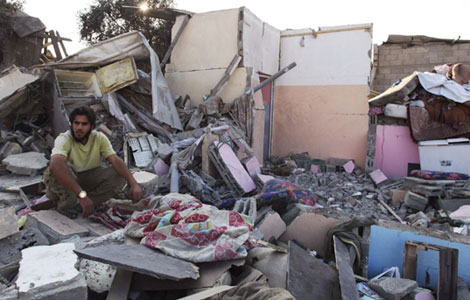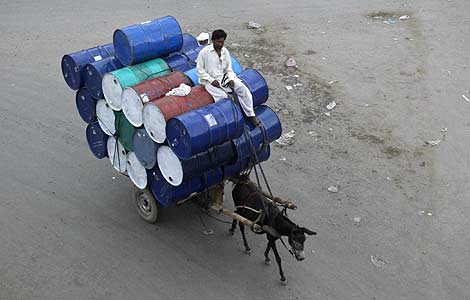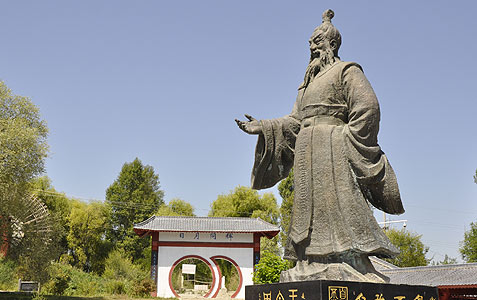Local gov't to probe toxic waste dumping
Updated: 2011-08-20 20:17
(xinhua)
|
|||||||||||
KUNMING - Authorities in southwest China's Yunnan Province said on Saturday that they will launch an investigation into corruption involving watchdog officials in the wake of the dumping of toxic waste.
The Qujing city government will investigate to determine if watchdog officials could be guilty of dereliction of duty, and if any are identified as so, they will be handed over to judicial authorities, the city's information office said in a statement.
The city government also has ordered a thorough check on the distribution of all dangerous materials amid efforts to prevent similar pollution threats.
A chemical company's dumping of carcinogenic industrial chemicals near a reservoir that feeds one of the country's largest rivers has sparked fears it could threaten the water sources for tens of millions of residents.
The Ministry of Environmental Protection earlier launched an investigation into the pollution of the Chachong Reservoir in the town of Yuezhen and the Nanpan River, which feeds into the Pearl River, a major river that flows through southern China.
Luliang Chemical Industry Co. was found to have illegally dumped over 5,000 metric tons of chromium-contaminated waste near the Chachong Reservoir and in hills of Luliang county in Qujing from April to June.
It suspended production last Sunday.
"Rainfall in June washed some of the chemicals into local water supplies and caused 77 cattle to die," the Pearl River Water Conservancy Committee said on its website Thursday.
The committee, which is under Ministry of Water Resources and joined the investigation early this week, has found excessive cancer-causing hexavalent chromium (chromium VI) at the company's dumping sites.
The committee said no apparent chromium VI pollution was detected in major drinking water sources, including the Huangnipu Reservoir and the Nanpan River.
No human deaths have been attributed to the chromium pollution, but at least 14 local residents have been diagnosed with cancer since 2002 and many suspect their diseases were caused by contaminated drinking water.
At least 3,000 people live near the company's dumping sites.
Hot Topics
Anti-Gay, Giant Panda, Subway, High Speed Train, Coal Mine, High Temperature, Rainstorm, Sino-US, Oil Spill, Zhu Min
Editor's Picks

|

|

|

|

|

|







